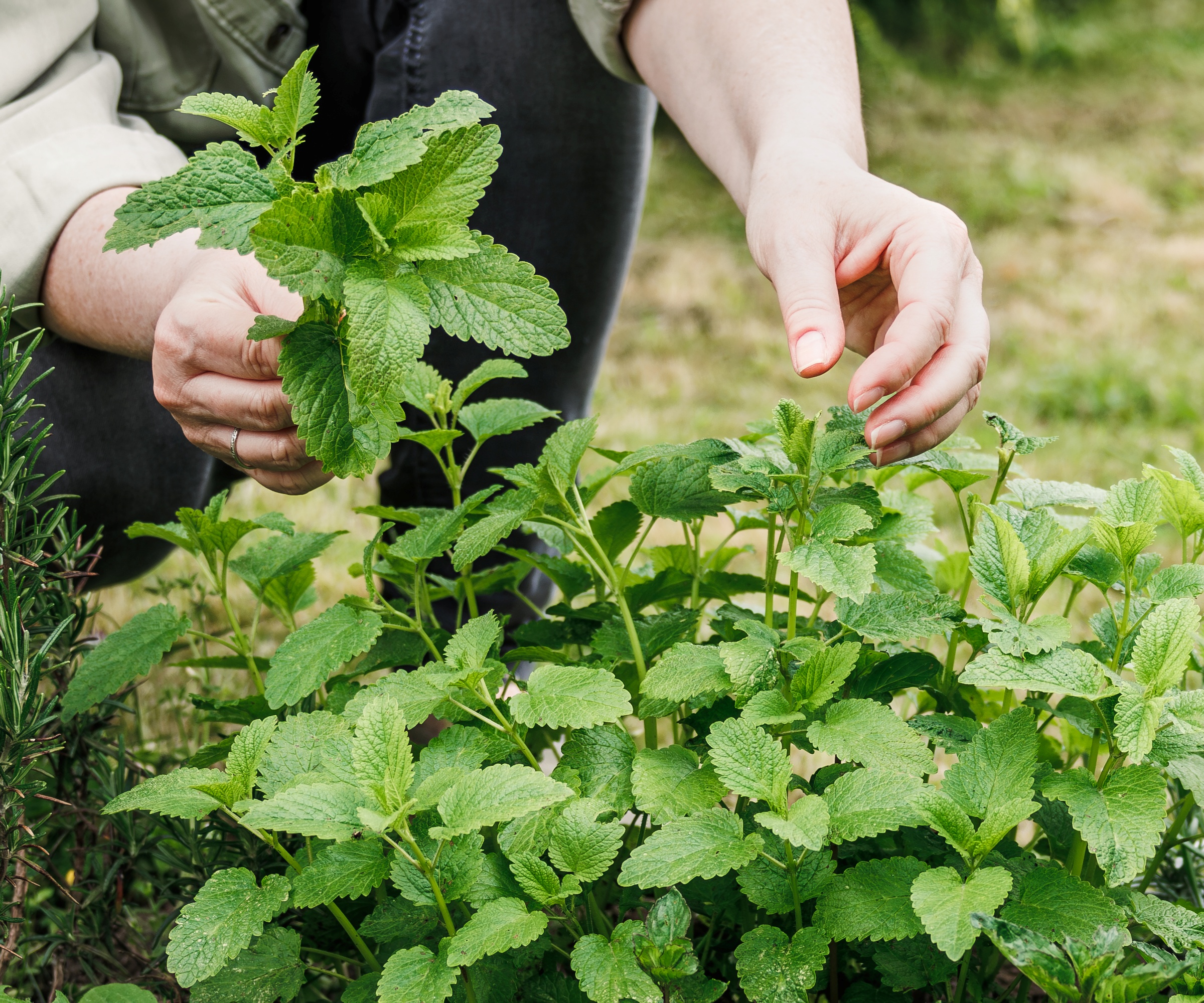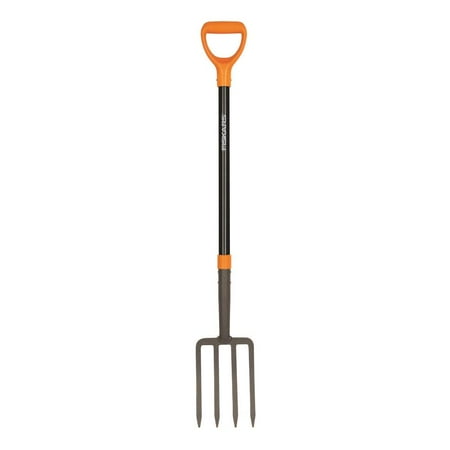7 herbs to divide in October to keep plants productive – and get new ones for free
Dividing herbs is quick, simple, and very rewarding. See a selection of herbs to split this month


A herb garden can be a place of both fragrance and beauty. Whether picking leaves for cooking and baking or adding to teas and cocktails, heading outside and harvesting fresh herbs from the backyard is a treat for the senses.
There is a long list of plants to add to any herb garden ideas, however, herbs can get less productive over the years and too large for a space. October can be an ideal month to divide plants to rejuvenate herbs and give you new plants for free to add to your garden.
It is not just expanding an existing herb garden for which dividing herbs is advantageous. Herbs can be used in ornamental planting schemes and be beneficial as companion plants in vegetable gardens.

Quick tips for dividing herbs
Dividing plants is a quick and simple way to expand your collection of clump-forming herbs and rejuvenate older plants.
- Check herbs for signs of pests or disease and only divide healthy plants.
- It is important to use clean and sharp garden tools to divide plants. The typical tools for dividing plants include a garden fork, spade, or a sharp knife. Some herbs can be separated by hand, without needing any tools.
- To propagate herbs by division, simply lever the clump out of the ground and divide the sections. Depending on the size, you can split any herb in half or divide the clump into more than two new plants. Any woody sections are best discarded.
- Plant the new sections quickly - they can go straight into the ground or into pots to transplant outdoors later - and water well after planting to help the herbs get established in their new home.
That is the basics covered for dividing perennial herbs, so here are seven herbs that may benefit from splitting this month.
Shop tools for dividing herbs in October
1. Chives

Chives are versatile and low-maintenance herbs. Grown for stems with a mild onion flavor, chives are commonly used in salads and sauces or finely cut and sprinkled over all manner of dishes. In addition to a long harvest of chive stems from May to September, chives also have edible spring flowers that can brighten up any plate.
If you are growing chives in a backyard kitchen garden, it is simple to propagate new plants by division - and clumps of chives can easily be pulled apart by hand into smaller sections or cut with a knife. Replant the sections into a sunny spot and well-draining soil. Chives are also ideal herbs for raised beds or herb planters if you don’t have ample ground space.
Design expertise in your inbox – from inspiring decorating ideas and beautiful celebrity homes to practical gardening advice and shopping round-ups.
2. Mint

Mint is a widely diverse herb to grow and its leaves can be used in cooking, teas, salads, cocktails, and more.
The classic types of this aromatic herb like peppermint and spearmint have been commonly grown worldwide for years, while there are now lots of new and distinct mint varieties to try growing, like chocolate mint or strawberry mint.
Dividing is an ideal way to propagate mint in fall, as the plant grows by spreading clumps. These clumps can be dug up and split into smaller plants. If a section has roots and foliage, it can be replanted.
Always remember that mint is a vigorous plant. It should ideally be grown in pots or a contained space, and it is a herb gardening mistake to plant it in the ground as mint spreads quickly.
3. Lemon balm

Lemon balm may not be as popular as some of the other herbs on this list, but it has a glorious citrussy scent and the fragrant foliage can be used in cooking, to make herbal teas, potpourri, or as an insect repellent. The leaves look similar to mint and the plant produces small white flowers in summer.
The bushy plants benefit from being regularly trimmed and harvested throughout the growing season and divided every few years to reinvigorate them. All sections want replanting in a bright, sunny spot and into well-draining soil to avoid sitting in soggy conditions. It is recommended to remove the flowers regularly as lemon balm will otherwise self-seed prolifically around a yard.
4. Thyme

There are hundreds of different varieties of this Mediterranean herb, with classic thyme, variegated thyme, creeping thyme, and lemon thyme some of the most popular. Plants bloom in shades of white, pink, or purple, depending on the variety, and thyme flowers attract bees and butterflies.
If you are growing thyme and want more of your favorite, the plants can be lifted and sections teased apart by hand to replant. It is vital to remember drainage when replanting any divided thyme sections. The plant needs a well-draining soil and a sunny spot in the backyard.
If thyme plants don’t get enough sun, or sit too wet, they struggle to produce flowers and the foliage is not as aromatic. Established thyme will be very low maintenance and can be one of the best drought-tolerant herbs to add to a space.
5. Oregano

Oregano is also a native Mediterranean herb that has now found its way into gardens around the world. It is commonly used in Mediterranean and Mexican cuisines, where the leaves are often used dried as they have a stronger flavor. As well as being used in cooking, oregano is also a great herb for companion planting in a vegetable garden.
The herb produces low-growing clumps and the leaves have a strong aroma and peppery taste. Oregano is harvested in summer but can be picked year-round if container-grown plants are moved indoors for the colder months. Divide older, spreading clumps of oregano in fall or spring and plant them in a sunny spot in free-draining soil.
Oregano and marjoram are commonly confused for each other. Both are in the genus Oringanum but marjoram has a more sweet flavor than oregano. While they are related but differ in flavor, both oregano and marjoram can be divided in October.
6. Tarragon

Tarragon is a herb popular in French cuisine. There are two types of tarragon, French and Russian. The former produces more flavorful leaves but is not as hardy as the latter - overall French tarragon is better to grow as a backyard herb but will need winter protection in colder climates. French tarragon plants are prolific, they grow several feet high and produce lots of thin and aromatic foliage that has a sweet and peppery flavor with a hint of liquorice.
Tarragon propagates well from division and it is the best solution to reinvigorate plants, as their productivity can drop after around three years. If you want a long supply of tarragon for sauces, dressings, marinades, or to use as garnish, divide plants every few years and plant them in dappled shade and well-draining soil.
7. Sage

Sage is a massively versatile herb used in cooking and baking, while leaves are also often used to make teas, added to cocktails, or fried for snacks or garnish. The silvery leaves of sage can also make an attractive addition to flower beds as it a hardy and evergreen plant.
Growing sage is simple, providing you keep it away from wet or cold conditions. Give the plant sun and a well-draining soil type and sage will thrive. Regularly harvesting young leaves ensures you get them at their most flavorful and an annual prune of sage keeps plants bushy, rather than leggy.
FAQs
Can you plant herbs in October?
You can plant herbs in the first half of October when the ground is warm and moist. If you live in a warmer climate and can give container-grown plants at least 4-6 weeks to establish roots before the first frosts, planting herbs in early October is possible. Mulching around plants after planting can help to protect roots from the cold and retain moisture in the ground.
As well as the more traditional herbs outlined above, some other unusual herbs can be divided in October too. The likes of lovage, bergamot, and sorrel are also candidates for dividing this month if you want to add the task to your fall gardening checklist and expand your existing collection of herb plants.

Drew has worked as a writer since 2008 and was also a professional gardener for many years. As a trained horticulturist, he worked in prestigious historic gardens, including Hanbury Hall and the world-famous Hidcote Manor Garden. He also spent time as a specialist kitchen gardener at Soho Farmhouse and Netherby Hall, where he grew vegetables, fruit, herbs, and cut flowers for restaurants. Drew has written for numerous print and online publications and is an allotment holder and garden blogger. He is shortlisted for the Digital Gardening Writer of the Year at the 2025 Garden Media Guild Awards.


